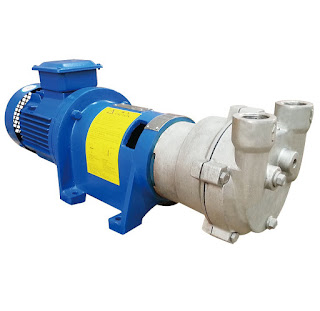Vacuum sintering furnace basics
Vacuum sintering furnace brazing: in a vacuum state, a liquid metal having a lower melting point than the base metal is used to fill the metal gap of the substrate by capillary suction between the two workpieces to form a firm bond.
Annealing in a vacuum sintering furnace: Eliminating the reduction of tissue inhomogeneity and removing internal stress improves its plasticity.
Tempering in a vacuum sintering furnace: Eliminating internal stresses during machining.
Vacuum quenching: (gas quenching, oil quenching) rapid cooling after heating to harden the material.
Vacuum carburization: Carburization is carried out in a vacuum carburizing atmosphere under vacuum heating.
Vacuum ion carburizing: A new vacuum chemical heat treatment for hardening metal surfaces.
Vacuum chemical heat treatment: vacuum carbonitriding, vacuum boronizing and other processes (improvement).
Vacuum glow ion nitridation: Generally, ion nitridation is performed under a high voltage DC electric field.
Vacuum metallizing: metal is infiltrated in a vacuum by high pressure.
Vacuum and vacuum concept
In vacuum technology, the state of gas below one atmosphere is collectively referred to as vacuum. This is a relatively thin gas state compared to the normal atmosphere.
The degree of dilution of the residual gas in the vacuum is the degree of vacuum, that is, the degree of vacuum.
Stainless Steel Brazing Rolling Process Principle
High Temperature Hydrogen Furnace
Hydrogen Reduction Furnace
Double Vertical Hydrogen Furnace




评论
发表评论